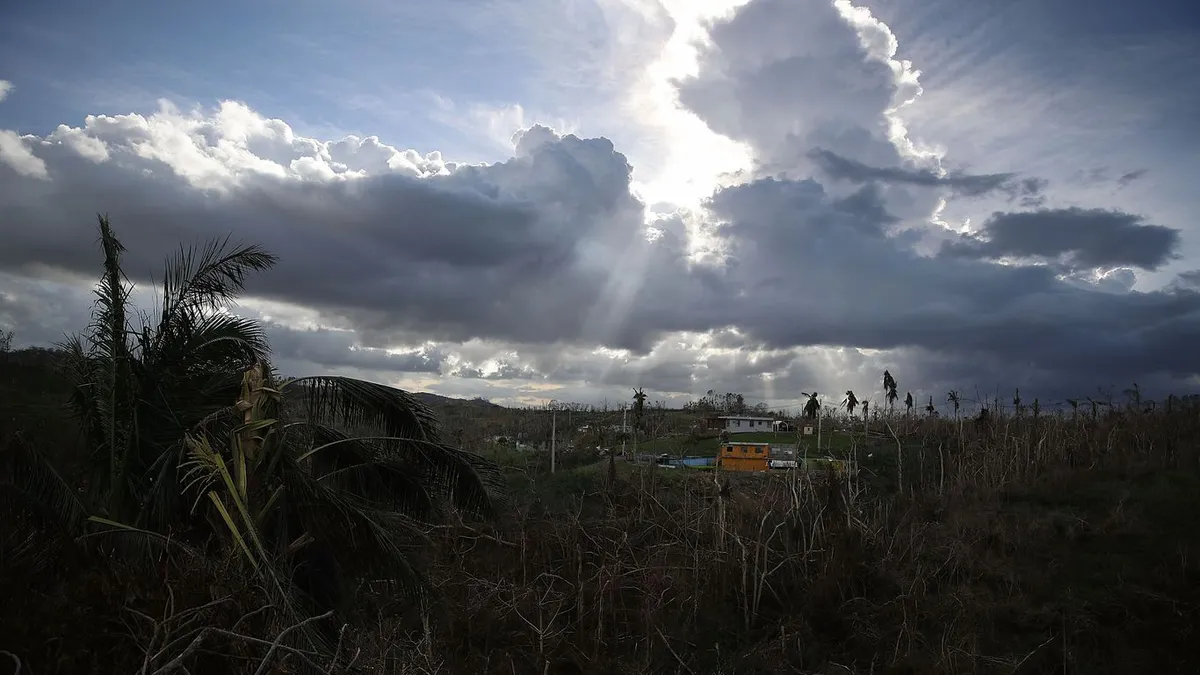
On Friday, Hurricane Erin made its debut as the first hurricane of the 2025 Atlantic Hurricane Season, according to reports from the National Hurricane Center (NHC). This storm is projected to pass north of the Caribbean Islands on Saturday, raising concerns for residents and authorities alike.
Currently classified as a Category 1 hurricane, Erin has maximum sustained winds reaching up to 75 mph. However, forecasts indicate that the storm could rapidly strengthen over the weekend, potentially escalating to a Category 4 hurricane if conditions remain favorable. According to the Saffir-Simpson Hurricane Wind Scale, a Category 4 hurricane features wind gusts exceeding 111 mph.
As Hurricane Erin approaches, it is expected to bring heavy rainfall that could lead to significant flash flooding, landslides, and mudslides across regions such as Puerto Rico, the Virgin Islands, and the Leeward Islands. These weather events can pose severe risks to life and property, making preparedness essential.
While the threat level to the East Coast of the U.S. is decreasing, experts caution that there remains a substantial risk for dangerous surf conditions and rip currents in the upcoming week. Beachgoers and residents along the coast should stay alert and follow any safety advisories issued by local authorities.
The National Oceanic and Atmospheric Administration (NOAA) had previously forecasted an above-normal 2025 Atlantic Hurricane Season back in May. In early August, they updated their predictions to estimate a total of 13-18 named storms, with expectations of five to nine of those storms becoming hurricanes (with winds of 74 mph or greater). Notably, this includes a forecast of two to five major hurricanes, which are defined as storms with winds exceeding 111 mph.
This season's heightened activity follows significant changes within NOAA under the Trump administration, which caused notable disruptions to the agency's weather and climate forecasting abilities. Shortly after taking office, President Trump dismissed hundreds of agency employees, including many with specialized skills crucial for accurate forecasting. Additionally, plans to cut federal research efforts and funding, particularly targeting climate change initiatives, were reviewed in July.
In a surprising move, the administration temporarily suspended the distribution of vital hurricane forecasting satellite data in June. However, in late July, NOAA reversed this decision and announced that it would continue to provide this essential data, ensuring that meteorologists and the public have access to critical information during hurricane events.
As Hurricane Erin continues to develop, emergency preparedness remains crucial for those in its projected path. For the latest updates on the storm's progression and further details on hurricane safety, please refer to the National Hurricane Center and local weather services. This article will be updated regularly to provide the latest information on Hurricane Erin and its impact.